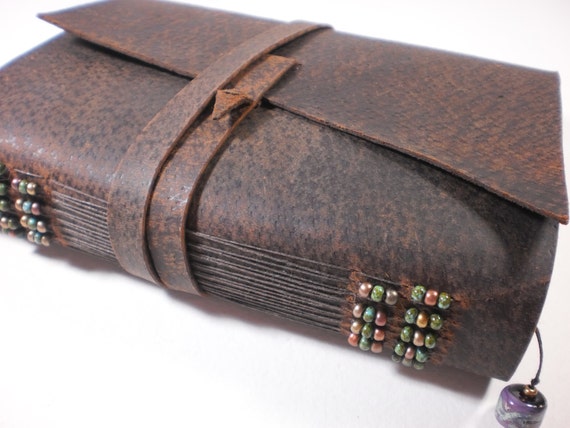Some sketches from the journal I kept on our Alaska trip in 2013
 |
| Add caption |
 |
| Just a doodle to keep my occupied |
 |
| Some random leaf shapes from Alaska |
 |
| Saw this weird plant somewhere in California. |
 |
| Sunset on the road. I loved the plum & rose colors. |
 |
| Been playing with 'distressed' pigskin. Gives this journal a rustic look. I may have to make one for myself & fill it with sketches. |